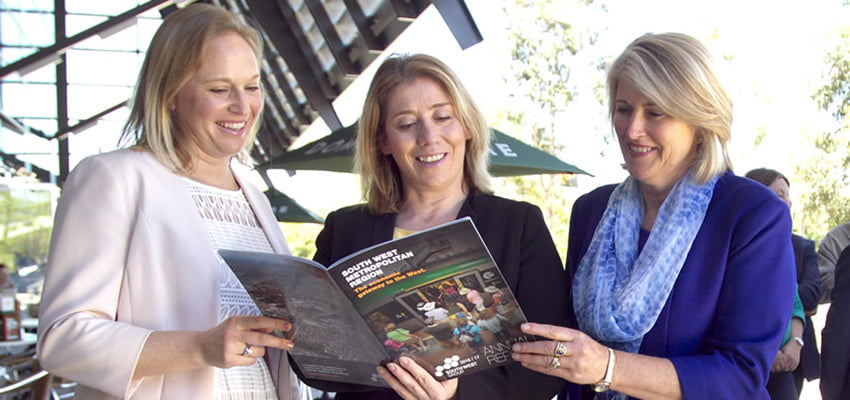PART one of a comprehensive strategy for an Outer Harbour at Perth has been released, concluding that planning for a new port is indeed required.
The document, Westport: What we have found so far, is a progress report from the Westport Taskforcee, which is tasked with delivering a strategy paper addressing key policy questions about the location, size, operating model and timing for a future port in south-west Western Australia.
The release of this document marks the end of the first stage of this process, with the next stage focusing on refining options for the Perth and south-west freight task.
A final Westport: Ports and Environs Strategy, which will tackle key questions about the precise location, size, operating model and – importantly – the timing of a future port, is to be delivered next year.
WA transport minister Rita Saffioti said the task force was conducting a comprehensive analysis of the whole supply chain focused around the three port precincts at Fremantle, Kwinana and Bunbury.
“This report lays out all of the constraints that have been raised at this ‘Problem Identification’ stage of the Infrastructure Australia-compliant assessment process. New trade forecast figures in this report confirm that forward planning for a new port is required,” she said.
“Ports are long-lived pieces of infrastructure that play a critical role in growing our economy and industry. We are focused on generating jobs for current and future generations … future generations may suffer if we are short-sighted and don’t plan for our long-term requirements.”
Westport Taskforce independent chairperson Nicole Lockwood pointed out that the time required to design and build a new port is extensive, so it is prudent to plan early, allowing a robust process and providing certainty to industry and residents.
“Stage Two of the Westport process, which is now underway, will undertake a thorough analysis of the supply chain, commercial aspects, land, utilities and environmental impacts. This will determine the shortlist from the eight strategic options to put through our multi-criteria assessment, which will then highlight the best solution/s,” she said.
“Westport has adopted the World Association for Waterborne Transport Infrastructure’s [otherwise known as PIANC] Working with Nature philosophy, which embeds environmental objectives into projects at the planning phase to achieve, where possible, net benefits and win-win outcomes by the end of construction.
“Westport: What we have found so far was developed in collaboration with the wider Westport Taskforce, which includes more than 80 organisations from all levels of government, industry bodies, private enterprise, research organisations and environmental and community groups.”

